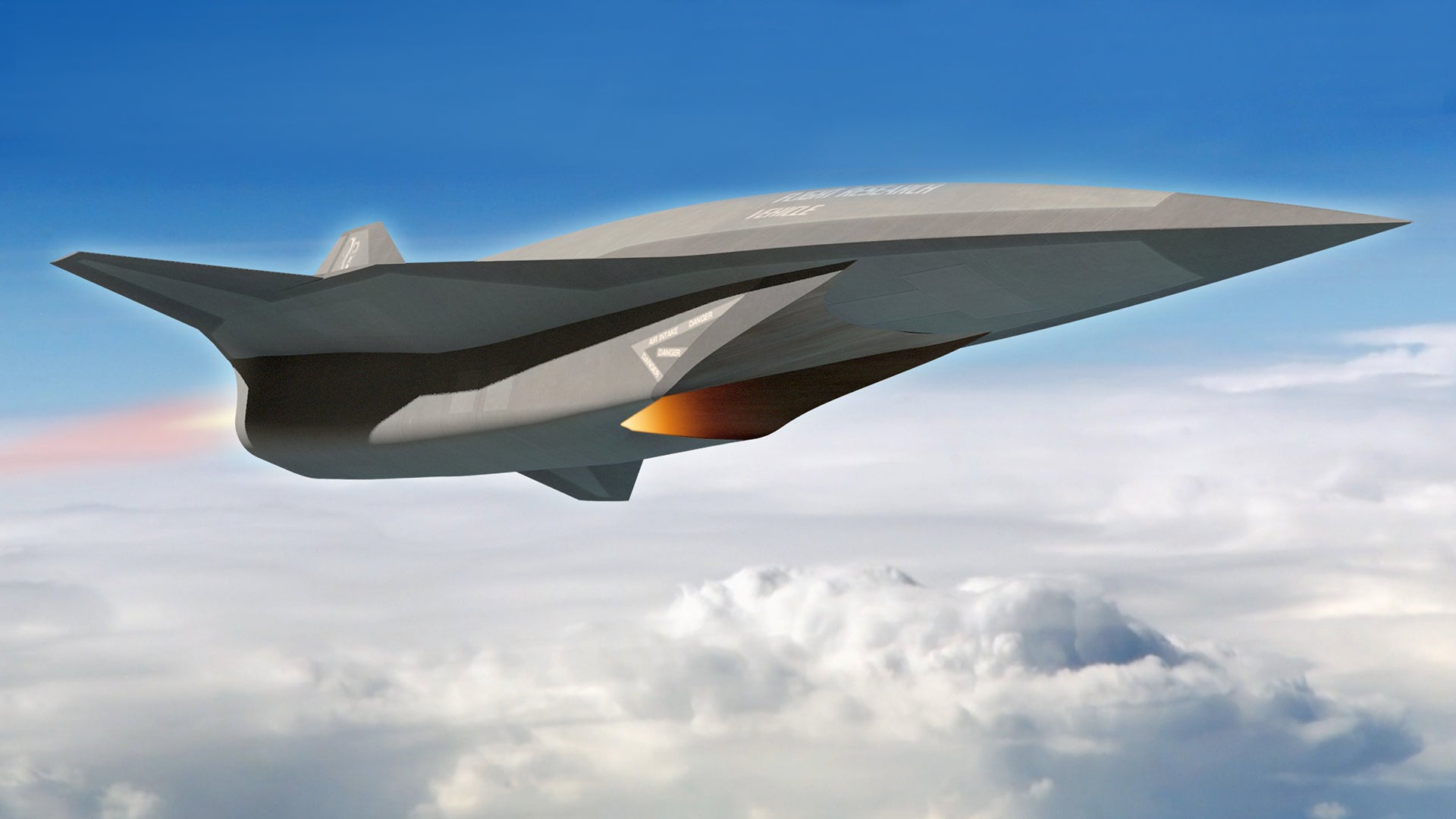The U.S. Air Force has revealed new details about its secretive Mayhem hypersonic air vehicle program. Previously it was understood that this program was focused, at least in part, on acquiring testbeds to support work on advanced high-speed jet engines like the ones that have reportedly been in development for proposed hypersonic aircraft such as Lockheed Martin’s SR-72. The service has now disclosed that it is seeking a modular experimental design that could be configured to carry one of two different kinds of payloads for strike missions, or a sensor package to enable it to conduct “responsive” intelligence, surveillance, and reconnaissance, or ISR, sorties.
The new information about Mayhem was contained in a contracting document that the Air Force Research Laboratory (AFRL) posted online on Dec. 14, 2021. That same document also indicates that the full formal name of the program has changed from “Expendable Hypersonic Multi-Mission Air-Breathing Demonstrator” to “Hypersonic Multi-mission ISR and Strike.” The name “Multi-Mission Cruiser” had been associated with this project in the past, as well. Mayhem, which the Air Force first disclosed the existence of last year, is also part of a larger AFRL effort known as Enabling Technologies for High-Speed Operable Systems (ETHOS).
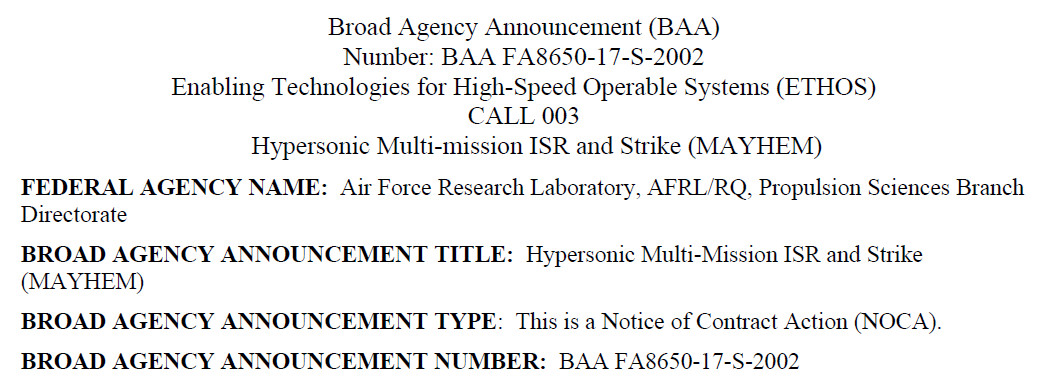
“The Mayhem Program is focused on delivering a larger class air-breathing hypersonic system capable of executing multiple missions with a standardized payload interface, providing a significant technological advancement and future capability,” the contracting document says. “The system goal is to carry payloads five-times the mass and double the range of current technology capability systems. The standardized payload interface would create multiple opportunities for various payload integration within the same hypersonic system.”

No information is provided about the “current technology capability systems” that the Mayhem program requirements have been derived from. The document does say that “this requirement will be classified Secret, with the possibility of requiring Top Secret access at later stages of the requirement” and “a program ceiling of $371M is currently anticipated.”
While it had been known that the Air Force was interested in the Mayhem air vehicle carrying one of three payloads, no further information had been previously provided about what they might be. This new contracting document identifies them as an “area effect payload,” a “large unitary payload,” and a “Responsive, Intelligence, Surveillance, & Reconnaissance (ISR)” one. Interestingly, these basic payload descriptions are all labeled as Controlled Unclassified Information (CUI). Though technically unclassified, information determined to be in the CUI category is often redacted in publicly released U.S. government documents.
Beyond these three payload categories, no further details are provided about what exactly the Air Force might be interested in. That there is a desire for distinct “area effect” and “large unitary” types strongly suggests that the first one envisions a payload of cluster muntions or something similar, such as a swarm of small drones. An advanced high-explosive fragmentation warhead would also provide an “area effect,” but would be a unitary design. At the same time, “large unitary” might cover larger warheads designed to provide different kinds of effects against single targets, such as deep-penetrating capabilities for use against bunkers and other hardened facilities. Of course, there are just some possibilities, and with the information available now we just can’t say for sure what the exact design of these payloads might be. The ISR package could similarly include any number of different sensors.
Information about any other requirements for the Mayhem air vehicle design, beyond that it will be capable of hypersonic flight, defined as any speed above Mach 5, remains scant. The Air Force has previously confirmed that the project is linked to research and development of “advanced scramjet propulsion technologies” and “multi-cycle” jet engine designs. This had appeared to point to work on turbine-based combined cycle (TBCC) or dual-mode scramjet engine types.
The basic idea behind these kinds of jet engine designs is to get around the fact that scramjets, as well as ramjets, simply do not perform reliably at lower speeds. Coupling them with a more traditional jet turbine would enable an air vehicle to operate reliably in that lower speed range. When applied to a reusable manned or unmanned aircraft, this engine configuration would, at least theoretically, allow for a design that can fly at hypersonic speeds during the midcourse portion of a sortie, but also take off and land like a more traditional plane using existing runway infrastructure. This is something that has long been seen as a holy grail capability for a viable hypersonic aircraft.

In the past, Mayhem has been discussed as being adjacent to other U.S. military programs that are pursuing air-breathing hypersonic cruise missiles, including the Defense Advanced Research Projects Agency’s Hypersonic Air-Breathing Weapons Concept (HAWC) effort and the Air Force’s Hypersonic Attack Cruise Missile (HACM) project.
“Project Mayhem is to look at the next step in what the opportunity space allows relative to hypersonic cruise missile systems,” Michael White, the Principal Director for Hypersonics in the Pentagon’s Office of the Director of Defense Research and Engineering for Modernization, told the Center for Strategic and International Studies, a Washington, D.C.-based think tank, back in June. “And so if you look at what we’re doing right now, and the sizes that we’re looking at to deliver capability, you get a certain range and a certain payload to that range, and a certain compatibility with the air platforms that we have today.”
“Project Mayhem says, OK, what happens — what can we do to build a much bigger system to deliver more effects at longer range?” he continued. “And so really, it’s looking at that kind of evolution of capability that you might get to extend out what you can achieve with a highly efficient air-breathing platform — weapon platform and take advantage of that efficiency but still extend the range to significant — significantly longer ranges than what we’re doing today.”
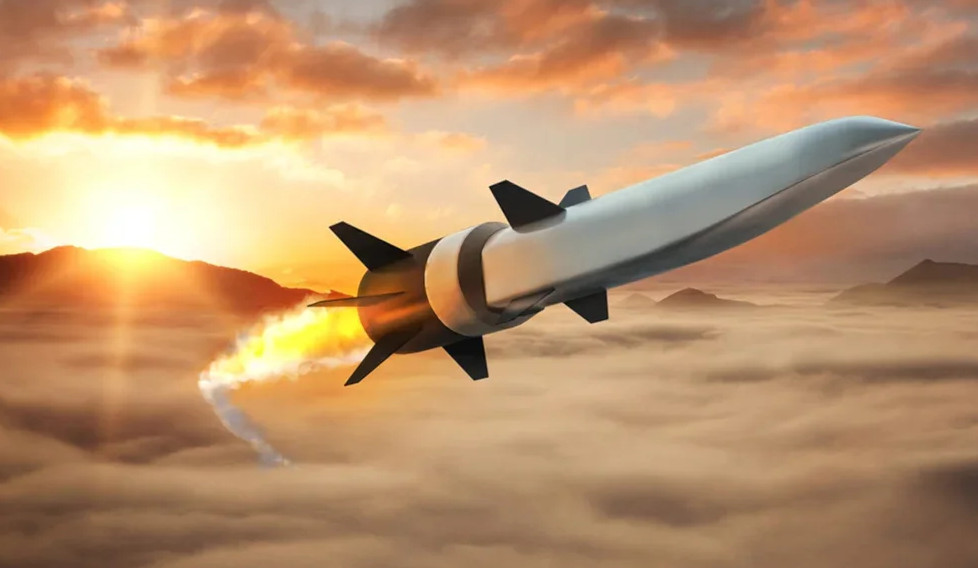
At the same time, this talk of a bigger, more robust system capable of carrying various payloads and that uses a more complex engine arrangement can only raise questions about what the design might actually be capable of if it, or a follow-on derivative, were to enter operational service. The word “expendable” is notably absent from the latest contracting document, as well.
This is all even more interesting to consider when one remembers the still very curious burst of public discussion about potential future reusable unmanned hypersonic aircraft between 2017 and 2018. Lockheed Martin and Boeing went so far as to put out concept art of national designs, referred to as the SR-72 and Valkyrie, respectively.
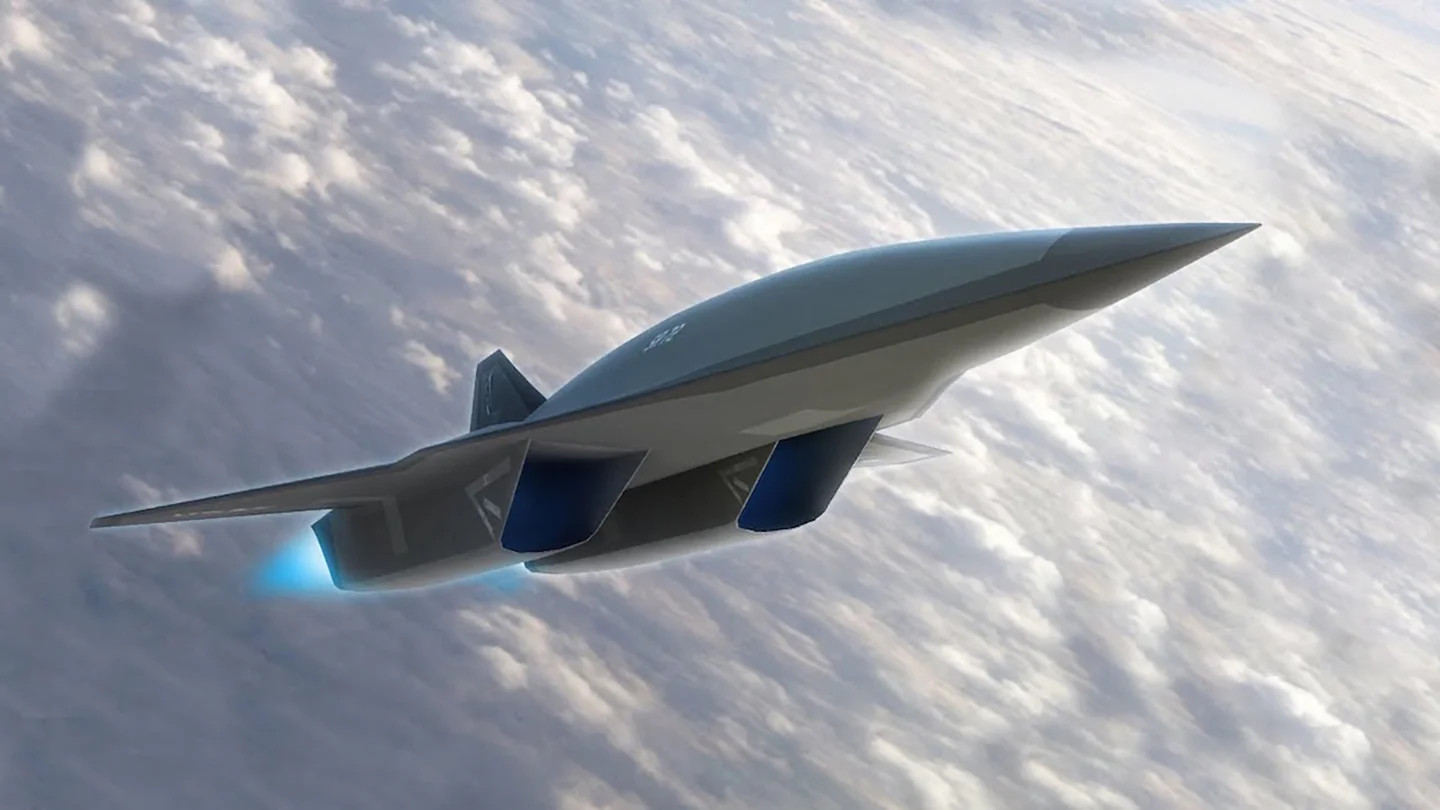
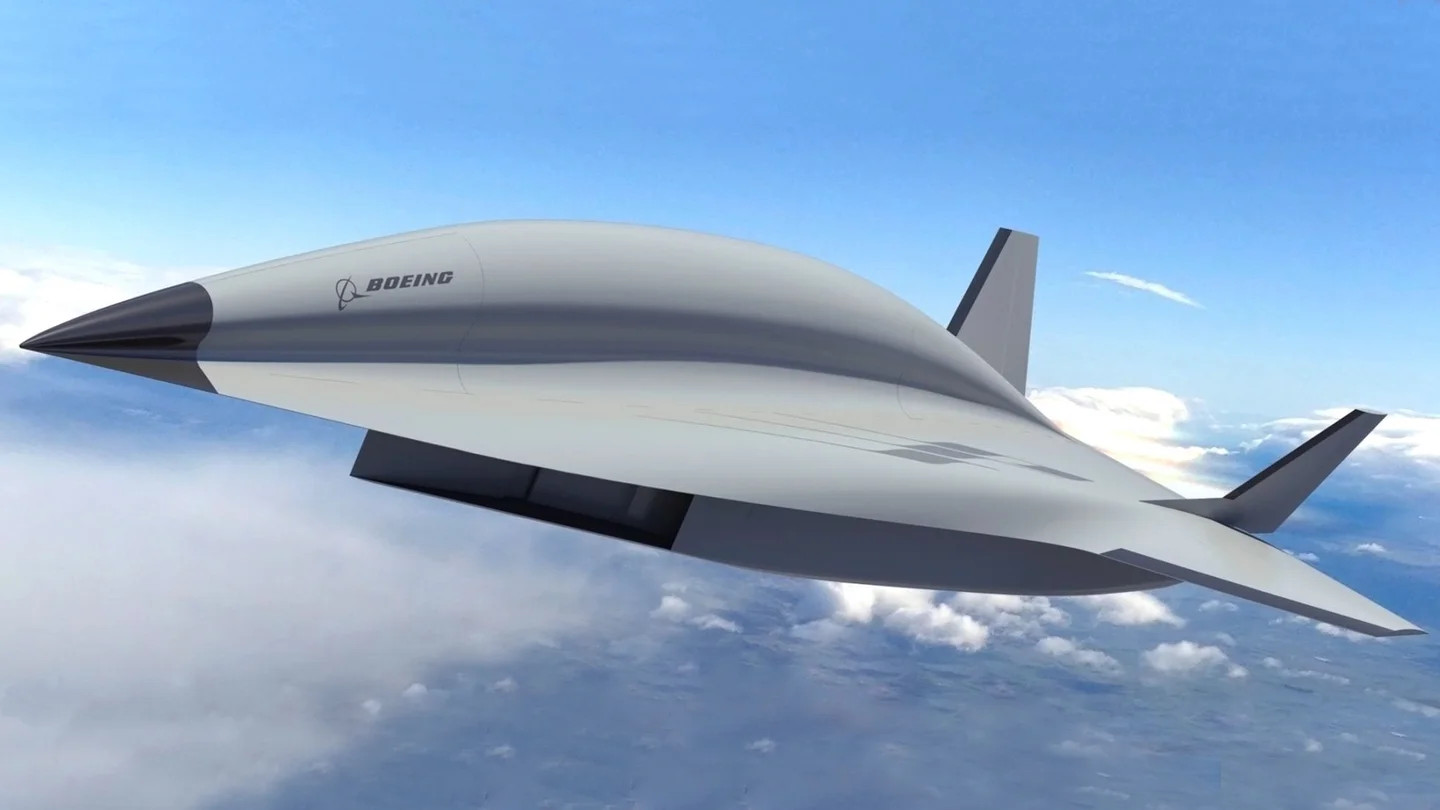
Lockheed Martin specifically discussed the potential for the SR-72, the name of which was a deliberate reference to the company’s famous supersonic SR-71 Blackbird spy plane, to be used for strike, as well as ISR missions. There had also been talk about a possible fighter jet-sized demonstrator design to prove out a TBCC engine configuration that the company had been working on with Aerojet Rocketdyne since the mid-2000s.
Former CEO Marillyn Hewson had said that such aircraft might cost less than $1 billion, a possible indication of the increasing maturity of the underlying technology. “Scramjet is much more mature and ready to go than I originally thought,” then-Assistant Secretary of the Air Force for Acquisition, Technology, and Logistics Will Roper said in April 2020.
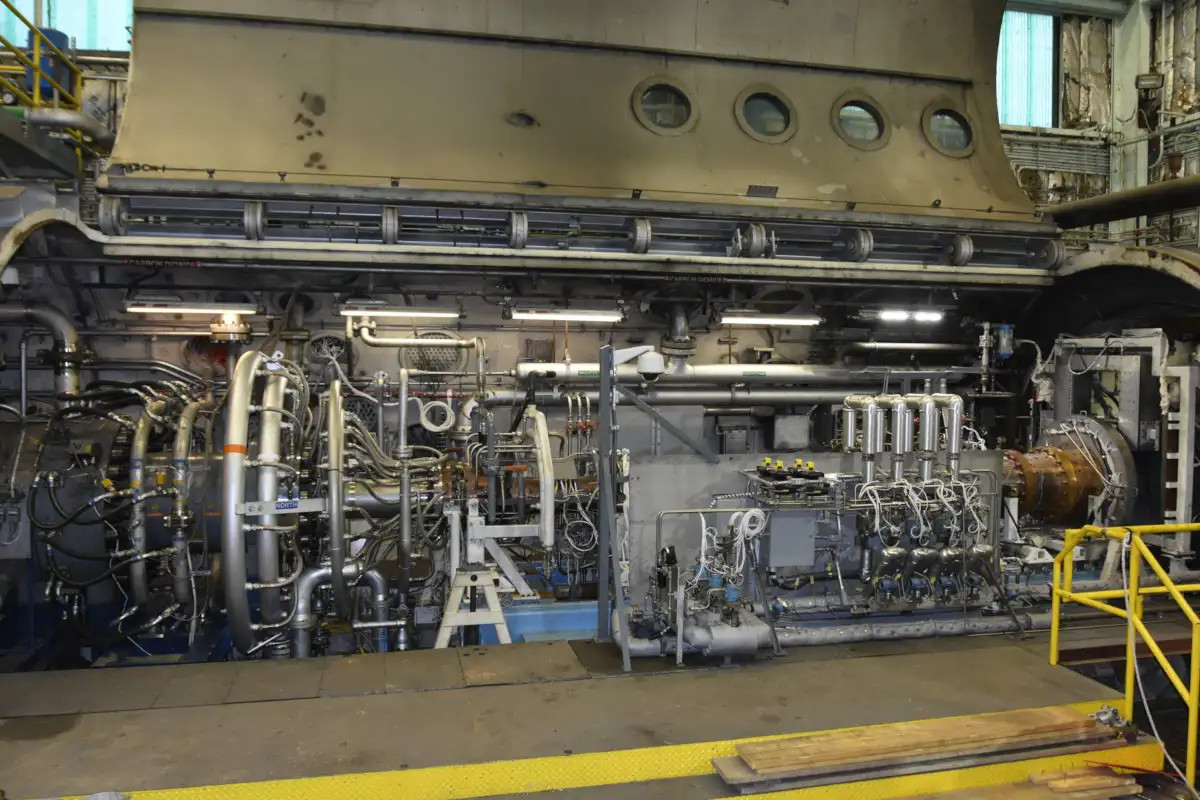
In the last year and a half or so, the Air Force has awarded a number of small contracts to multiple aviation startups pursuing hypersonic or supersonic aircraft designs and advanced engines to go with them. At least officially, these deals have almost all been with an eye toward developing potential high-speed executive transports for the service, but the technology could, of course, have more varied applications.
In October, Exosonic, a hypersonic aviation startup that had already secured one contract with the Air Force, issued a press release regarding a new award from the service to help fund the development of an unmanned supersonic demonstrator. In announcing that deal, the company noted that this aircraft could potentially serve as a pilotless mock opponent for training fighter pilots and that it was in discussions with Tactical Air Support, a firm that provides “red air” adversary support services to the U.S. military, about this potential use case.
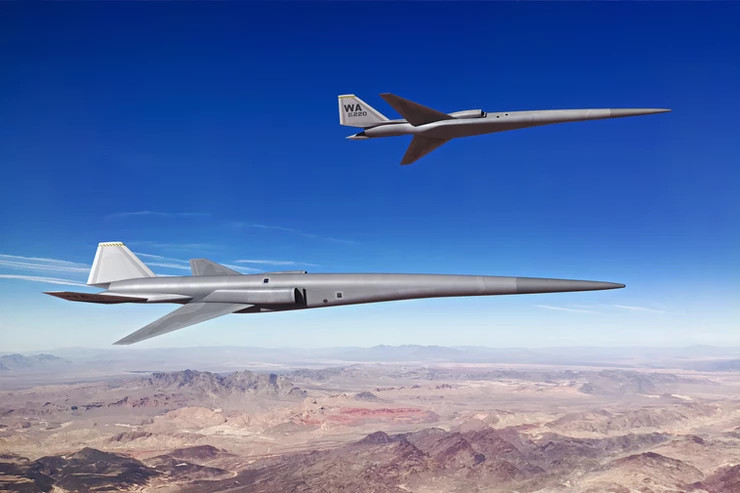
A reusable hypersonic strike and ISR aircraft, particularly an unmanned one, that can operate from existing bases and that has a modular payload capability, could offer distinct benefits in terms of flexibility and responsiveness compared to other aircraft, missiles, and ISR platforms, depending on the exact operational context.
“Hypersonic aircraft, coupled with hypersonic missiles, could penetrate denied airspace and strike at nearly any location across a continent in less than an hour. … Speed is the next aviation advancement to counter emerging threats in the next several decades,” Brad Leland, then Lockheed Martin’s Program Manager for Hypersonics, wrote in a pitch for the SR-72 back in 2013.
It very much remains to be seen how the Air Force’s Mayhem program will evolve and what, if any, prototype designs it ultimately produces. At the same time, everything we’ve learned so far continues to point to something beyond just another hypersonic missile project.
Contact the author: joe@thedrive.com
